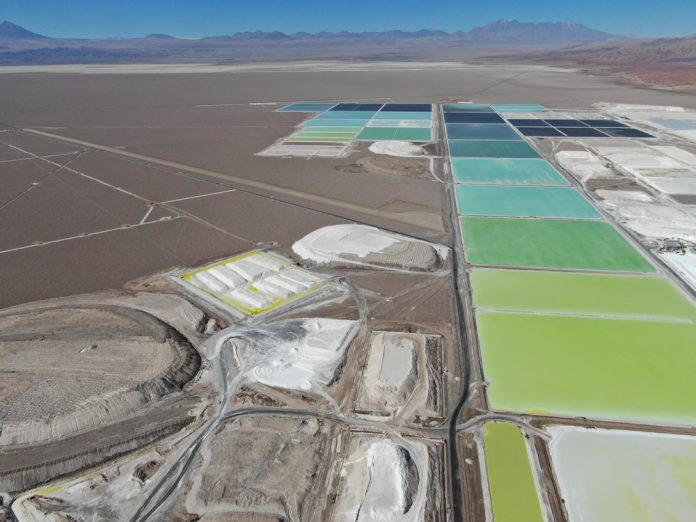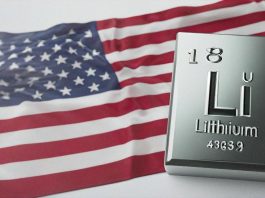A new technology is set to transform lithium brine extraction, reducing costs by over 60% compared to current methods while offering a more sustainable approach.
A study by Stanford University researchers reveals that this method, known as redox-couple electrodialysis (RCE), could cut extraction costs to a quarter of lithium’s current market price.
This innovation in lithium brine extraction may significantly impact the lithium supply chain, ensuring a more reliable and eco-friendly solution to meet soaring global demand.
Soaring lithium demand
Global demand for lithium has surged, driven by the rapid adoption of electric vehicles (EVs) and renewable energy storage systems, both of which rely on lithium-based batteries.
According to McKinsey & Co., the demand for lithium could grow from half a million metric tonnes in 2021 to an estimated 3 to 4 million metric tonnes by 2030.
However, the dominant lithium extraction method today, which involves evaporating brines in large ponds over more than a year, can present challenges.
This process can be time-consuming and relies on potentially toxic chemicals and potentially heavy water consumption.
The method’s dependence on specific climatic conditions further limits its commercial viability, raising concerns about the industry’s ability to meet increasing demand.
Introducing Redox-Couple Electrodialysis (RCE)
In response to these challenges, researchers have developed RCE, a promising alternative to traditional methods.
RCE uses electricity to transport lithium through a solid-state electrolyte membrane, concentrating it into a high-purity solution.
The process is highly efficient, with nearly 100% lithium selectivity and an energy requirement of less than 10% of current lithium brine extraction technologies.
The research team estimates that the RCE method could lower the cost of extracting high-purity lithium hydroxide to between $3,500 and $4,400 per tonne, compared to the $9,100 per tonne associated with dominant lithium extraction methods.
Given that the current market price for battery-grade lithium carbonate is around $15,000 per tonne, with fluctuations reaching $80,000 during shortages, the potential cost savings are substantial.
Cost and environmental advantages
The RCE method’s cost-effectiveness stems from lower capital expenses and the elimination of large-scale solar evaporation ponds, which are expensive to build and maintain.
Additionally, the lithium brine extraction technology significantly reduces environmental impact by using less electricity, water, and chemical agents.
Beyond cost savings, the RCE method offers considerable environmental benefits by minimising land use and water consumption.
Its versatility allows it to work with various saline waters, including those with different concentrations of lithium, sodium, and potassium.
The study demonstrated that RCE could extract lithium from wastewater produced during oil production and even holds the potential for extracting lithium from seawater, a resource currently unviable with conventional methods.
Scalability of Stanford’s lithium extraction method
The scalability of the RCE method is promising. In experiments where the device’s scale was increased fourfold, it continued to perform well, maintaining high energy efficiency and lithium selectivity.
This indicates that the technology could be applied on an industrial scale, providing a viable alternative to current extraction techniques.
However, the study also identifies areas for further development. The researchers experimented with two versions of the method: one that extracted lithium quickly using more electricity and another that was slower but more stable and cost-effective.
While the slower method showed promise for long-term use, the team is exploring ways to optimise the design for faster extraction. They are also testing new materials to enhance the membrane’s stability and efficiency.
Though the study did not demonstrate lithium extraction from seawater, the researchers believe their method could be adapted for this purpose, provided stability issues with the membrane in seawater are addressed.
Future development
The RCE method represents a significant advancement in lithium brine extraction technology, offering a cost-effective, efficient, and environmentally sustainable alternative to some traditional methods.
As research progresses, the Stanford team is optimistic that this technology could soon move from the laboratory to large-scale industrial applications, playing a crucial role in meeting the world’s growing demand for lithium and supporting the global transition to electrified transportation and renewable energy storage.









